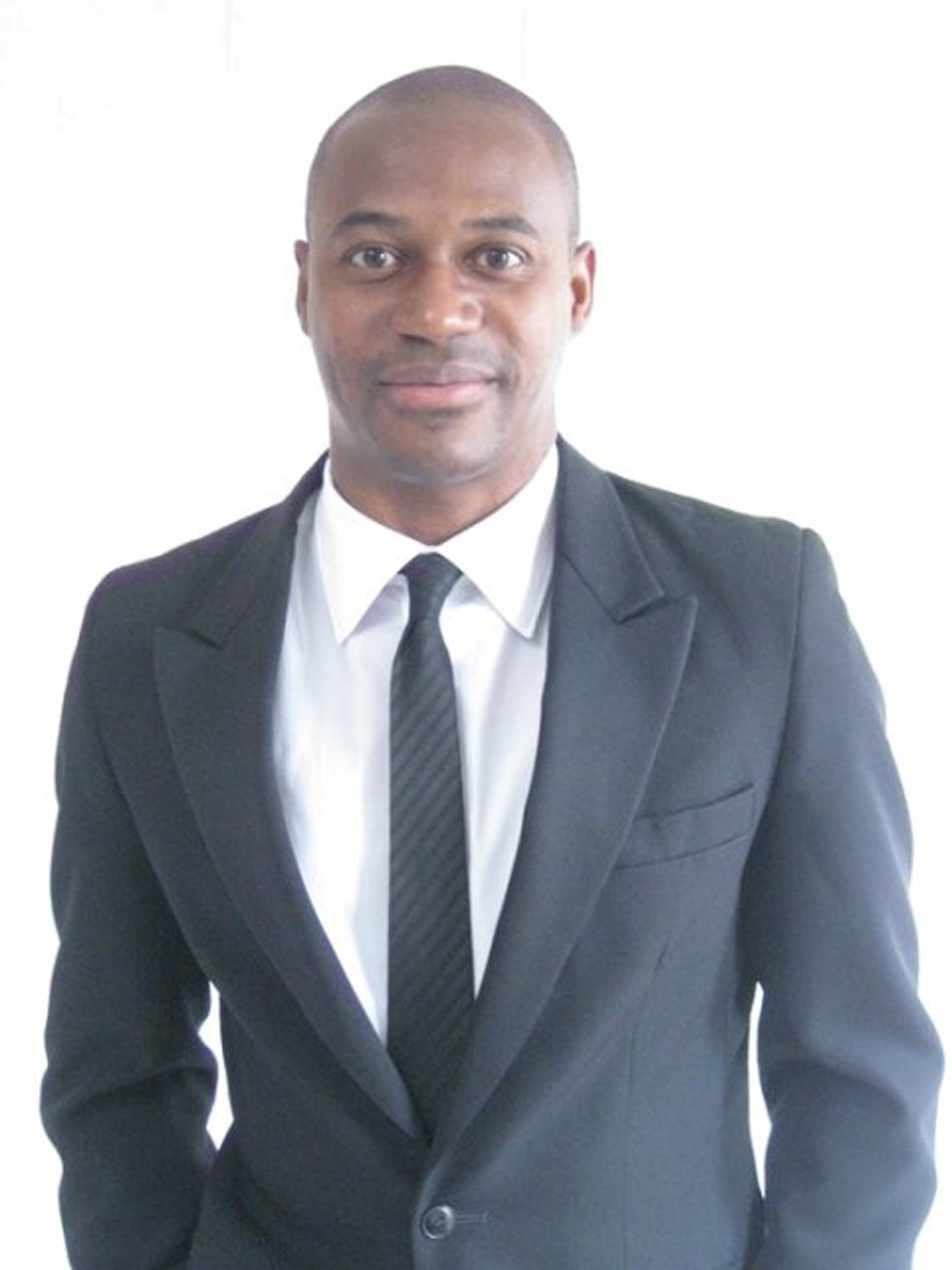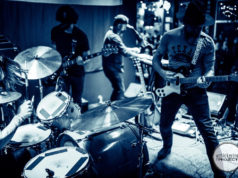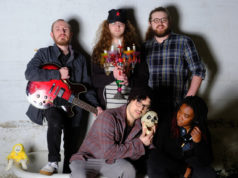Soulful performances and masterful jazz tunes coalesce on Arlington Jones’ newest album, Groove, but the tight-knit ensembles and solos are the hard-earned fruits of more than four years of recording and 30 years of woodshedding.
Released last September under his own label, Zamaria Records, Groove is a celebration of Jones’ wide and varied career, which includes five previous albums, performances with legends David “Fathead” Newman, Chaka Kahn, and Red Holloway, and numerous academic positions. “I had a lot of fun making this one,” he said. “This album shows the different styles and instruments I like.”
For the 17-track project, Jones called up new and old friends. The styles run the gamut, from funk to gospel and everything in between. Jones, a jazz traditionalist at heart, kept the core of each song centered on a trio of piano, bass, and drums. The title track was recorded, in part, four years ago in Los Angeles with Jones on keys (his primary instrument), the Grammy-winning Ricky Lawson on drums, and Nate Phillips on bass.
True to its name, the laid-back “Groove” opens with a funkified vamp from Phillips that fits like a glove over Lawson’s shimmering hi-hat riffs. The result is a mellow yet festive backdrop for some playful call and response between Jones and guitarist Dwight Sills.
“When we were recording ‘Groove,’ the exchanges between [Jones] and me were spontaneous,” Sills said. “He just wanted me to play what I felt, and I had a blast. [Jones] is always pushing the limits and bringing his true self to every performance.”
The brief improvisations (sometimes playful, sometimes teasing) on “Groove” create an inviting musical conversation that sets up a joyful vocal chorus of “relax yourself and be free.” The remainder of the nine-minute track is filled with tight big band-inspired brass interludes, sultry scat solos, and an audible order for “french fries and hot sauce.” There’s definitely no pretension here. The overdubbed tracks were all done last year in Jones’ home studio in Arlington.
Jones’ father, Arlington Jones Sr., moved the family from Chicago to Dallas in 1976 as part of a job transfer. Jones was 3 years old at the time. Five years later, he was taking private piano lessons and performing in his childhood church. Despite the world-renowned reputation of UNT’s jazz program, North Texas isn’t the first place jazz musicians dream of settling down, but Jones is proud of the influence it has given his music.
“People always want to know where I’m from, and I have to say Chicago,” he said. “But I developed musically in Dallas. I know a lot of Chicago musicians, and I love my Texas influences. Southern musicians play differently. We have a soulful, relaxed type of playing that comes from the South. Southern church music is a lot different than Northern churches too.”
Jones’ mastery as a pianist is evident throughout the album. He can comp lightly behind a soloist, lay down thick gospel-style chords amid a chorus of singers, or, for his own solos, rattle off catchy blues-infused lines. His style of playing is introspective and never showy — more Bill Evans than Oscar Peterson. In particular, “The Prayer” demonstrates his deep toolbox of pianistic tricks. The only solo piano track, it opens with a pedal tone under a series of soft, rolled chords laid down slowly and thoughtfully. The opening melody, exuding a plaintive gospel mood, is richly harmonized, and melodic inner voices give his performance all the intricacies of a Mozart string quartet adagio.
“I told [Jones] the other day during a soundcheck that playing his music was a lesson in jazz harmony,” Sills said. “He’s a wealth of knowledge in the true jazz tradition.”
From time to time, the lure of more consistent gigs and opportunities on the east and west coasts has tempted Jones and his family — a wife and two children — to relocate, but in the end he says he is grateful to call North Texas home. “I really feel like I’ve been called to be in the area,” he said.
The coincidence between his name and home isn’t lost on him. “I’m named after my father, who was born in South Jersey,” he said. “I don’t see it as happenstance that my name is Arlington and I live in Arlington. I feel like this is where I belong.”
Jones’ focus now is on the April premiere of his piano concerto at the Dallas City Performance Hall, where he will perform as a soloist with the New Texas Symphony Orchestra. Unlike “Rhapsody in Blue” by one of Jones’ biggest influences, Gershwin, Jazz Piano Concerto will have several sections reserved for piano improvisation, creating a true blending of classical and jazz elements. “I’ve studied Duke Ellington and how he used the big band, but I’m excited about using an orchestra to create a different groove,” he said.
Jazz Piano Concerto was commissioned by the Dallas-based New Texas Symphony Orchestra to commemorate its 10th anniversary. Jones and NTSO artistic director Kathy Brown had worked together previously at Cedar Valley College in Dallas. “I worked with [Jones] for many years at Cedar Valley before he left to focus on his music,” Brown said. “He is a great teacher and wonderful mentor to the students, and [we] became good friends through our interactions.”
The 40-year-old Jones sees the release of his recent album and upcoming concerto premiere as huge milestones in his still- developing career. For him, though, the most important thing is to balance his personal life with his musical endeavors. “First and foremost I’m a pianist, but I’m more than that,” he said. “The person I am has to have a direct connection to what I produce. I feel I have to be a good person first, take care of my family, and then I can create something that will bless people.”












